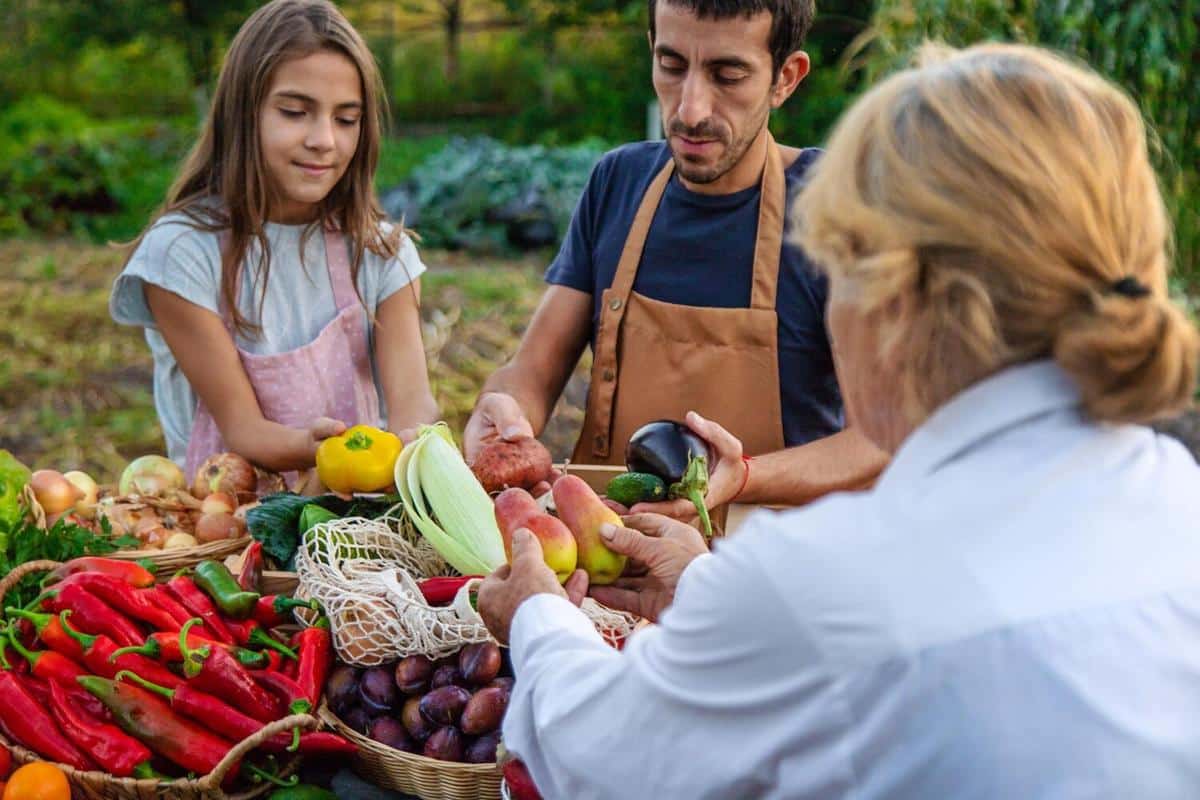
The Ultimate Guide to Seasonal Cooking: Fresh Ideas for Every Season
Embracing the culinary delights of each season can transform your kitchen into a hub of vibrant flavors and sustainable practices. With a focus on seasonal cooking, you can enjoy the freshest ingredients while supporting local agriculture and reducing your carbon footprint.
Understanding Seasonal Cooking
Seasonal cooking involves using ingredients that are in their natural harvest period. This practice not only enhances flavor but also supports sustainability by reducing the need for long-distance transportation and artificial preservation methods.
Expert Insights
Chef Alice Waters, a pioneer in the farm-to-table movement, emphasizes, “Cooking with the seasons is the foundation of delicious and sustainable food.” Her insights remind us of the importance of aligning our cooking habits with nature’s rhythms.
Benefits of Seasonal Cooking
- Enhanced Flavor: Vegetables and fruits taste their best when harvested at peak ripeness.
- Cost-Effectiveness: Seasonal produce is often more affordable due to its abundance.
- Environmental Impact: Reduces carbon emissions associated with transportation and storage.
Statistics Supporting Seasonal Choices
According to a study by the Environmental Working Group, purchasing locally grown produce can cut carbon emissions by up to 5-7%. This simple shift in consumer behavior can make a significant impact on environmental sustainability.
Personal Experience
As someone who once relied heavily on imported fruits, transitioning to seasonal cooking was a revelation. The taste of a locally grown strawberry in June was incomparable to the blandness of its out-of-season counterpart.
Seasonal Cooking Tips
Spring
Focus on fresh greens like spinach and asparagus. Try incorporating them into light salads or as a side dish to your main course.
Join a local Community Supported Agriculture (CSA) program to receive a weekly box of seasonal produce straight from local farms.
Summer
Take advantage of berries and tomatoes. These can be used in everything from refreshing fruit salads to homemade sauces.
Autumn
Embrace root vegetables like carrots and sweet potatoes. Roasting them enhances their natural sweetness.
Winter
Opt for hearty vegetables such as Brussels sprouts and kale. These are perfect for comforting soups and stews.
Comparison of Seasonal Produce
| Season | Fruits | Vegetables |
|---|---|---|
| Spring | Strawberries, Rhubarb | Asparagus, Spinach |
| Summer | Blueberries, Cherries | Tomatoes, Zucchini |
| Autumn | Apples, Pears | Squash, Carrots |
| Winter | Oranges, Pomegranates | Brussels Sprouts, Kale |
FAQs on Seasonal Cooking
What is the biggest advantage of seasonal cooking?
The biggest advantage is the enhanced flavor of produce, as items are harvested at peak ripeness.
How can I find out what’s in season?
Check local farmers’ markets or online resources that provide seasonal produce guides specific to your region.
Conclusion
By embracing seasonal cooking, you can elevate your culinary experience while supporting sustainable practices. Start today by visiting your local farmers’ market and selecting produce that’s in season. Not only will your taste buds thank you, but you’ll also be contributing to a healthier planet.


